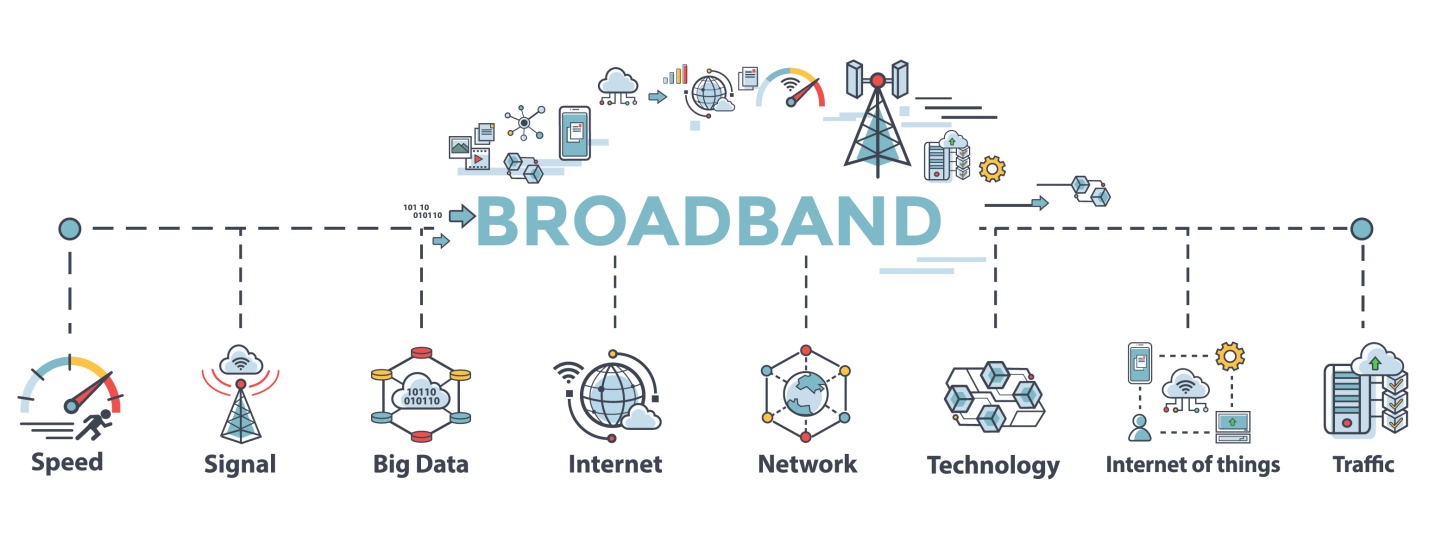Broadband access has become a critical issue for the development of rural communities. In response, rural electric cooperatives have begun rolling out or expanding broadband services alongside existing electricity services in order to better meet the needs of their community.
Many electric cooperatives are starting to offer broadband in unserved or under-served areas, filling a gap in the market left by major telecommunication companies which have not extended high-speed internet to these rural communities. There are more than 900 rural electric cooperatives in America, and they provide electricity to about 12% of the U.S. population(1) with a total service area comprising nearly half the country. Around 50 rural electric co-ops have already embarked on fiber optic projects to increase internet access for their members. In most cases, they are providing services that greatly exceed the minimum broadband speeds of 4/1 mbps or 10/1 mbps offered by the incumbent telecommunications carriers. Furthermore, these initiatives typically offer a level of service comparable to that of urban American at affordable prices.
 Broadband operation models
Broadband operation models
Many non-telco companies are providing dial-up, DSL and fiber service using the following models:
| Model 1 | Model 2 | Model 3 |
| Several electric cooperatives are providing internet services themselves, either through pilot projects for new customers or by improving their existing infrastructure to service current customers. Such is the case for Valley Electric Association which has implemented a Fiber-to-the-Home project in Pahrump, Nevada. The co-op used its existing communications network made up of fiber optic and wireless microwave links as a backbone for this new large-scale residential broadband service. With this project, the Valley Electric Association transformed itself from an electric utility to a dual provider of electric power and broadband. | In other cases, utilities have partnered with existing telephone companies. Ouachita Electric in Arkansas is one of the many cooperatives that have taken this approach. By combining their resources and expertise, this partnership has enabled the extension of electric power and internet service throughout much of southern Arkansas. | Sometimes multiple electric cooperatives work together, such as Sho-Me Power in Missouri and LS Networks in Oregon. After already succeeding in providing connectivity for local ISPs and businesses, these cooperatives are now looking to connect residents in around 152 cities. |
To learn more about how electric companies are making the move to broadband, have a look at:
(1) NRECA (2017). America’s Electric Cooperatives: 2017 Fact Sheet. Source: https://www.electric.coop/electric-cooperative-fact-sheet/







